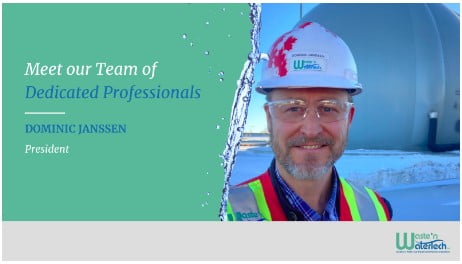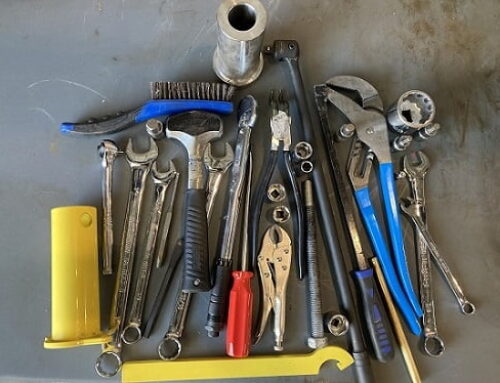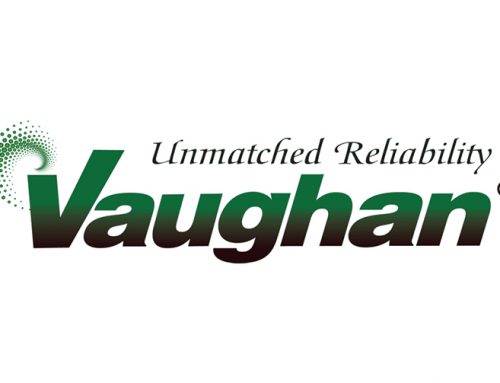Good Boy, now sit (settle)!
Going back to another stand-out of my SBR start-up days, I am reminded of the time I was told to go buy 10 bags of dog food and dump them into the reactor. I got more than a few stares at the checkout counter, but as comical as this was, it was the remedy to a very real problem: Many brand-new wastewater treatment plants regularly suffer from not receiving enough wastewater.
The microorganisms being relied upon to treat the wastewater need carbon to build their cell structures and to generate energy.


When there’s not enough carbon in the wastewater, you either must run a very long Solids Retention Time (SRT) to maintain a minimum acceptable Mixed Liquor Suspended Solids (MLSS) concentration (above 1g/L), or you must run a very low MLSS to maintain a healthy SRT (between 3 and 15 days for conventional activated sludge). Neither of these compromises leads to good settling, or a well-clarified effluent quality. Feeding your reactor enough carbon allows the system to reach and sustain a minimum mass of microorganisms (MLSS), at an acceptable SRT.
One of the main reasons this happens lies in the current approach to municipal infrastructure planning and the design process. Municipalities would ideally want to build a wastewater treatment plant and not have to think about it again for the next 30+ years. They therefore want something that is built with sufficient “safety factor” to account for potential: population growth, higher waste strength, or new industrial contributors. While this conservative approach ensures wastewater treatment plants have plenty of capacity for decades to come, it does not do operators any favors the day after the ribbon-cutting ceremony, when they are made responsible for running a system that could be over 10 times larger than what is needed at current flows.
In general, a wastewater treatment plant can start-up at 10-15% of design by adjusting the MLSS and F/M while maintaining a proper SRT. However, if the actual waste load is at or below these levels, supplementing carbon to achieve these conditions may be necessary for some plants during the initial months or even years of operation.
In my mind, the best designs for wastewater treatment plants are those that are broken down into phases that span no more than a decade. Designs based around modular technologies allow for budget-friendly flexibility, and expandability. You build what you need in the short term, and you add on extra modules (i.e. reactors) as needed. Another successful phasing approach is to leverage process intensification technologies to augment system capacity. These intensification technologies tend be either “add on” or “drop in” equipment that do not require major civil works to achieve greater capacity.
Here are a couple of interesting videos that speak to these two approaches being employed in Europe:
Process Intensification in the UK
While this approach does force a municipality to revisit their wastewater needs every decade, it also ensures that what gets built does not present an operational headache for its first years of existence.
By the way, dog food has a less than ideal COD/BOD ratio and can also have potential issues associated with a high fat content, making it not the best choice for an operator trying to solve a carbon deficiency. Plants can also use methanol, ethanol, acetate, acetic acid, glycerol, molasses, and even commercially available proprietary formulations. However, none of these make for as good a story.
By Dominic Janssen
Image of Jasper used with perceived consent.




Leave A Comment